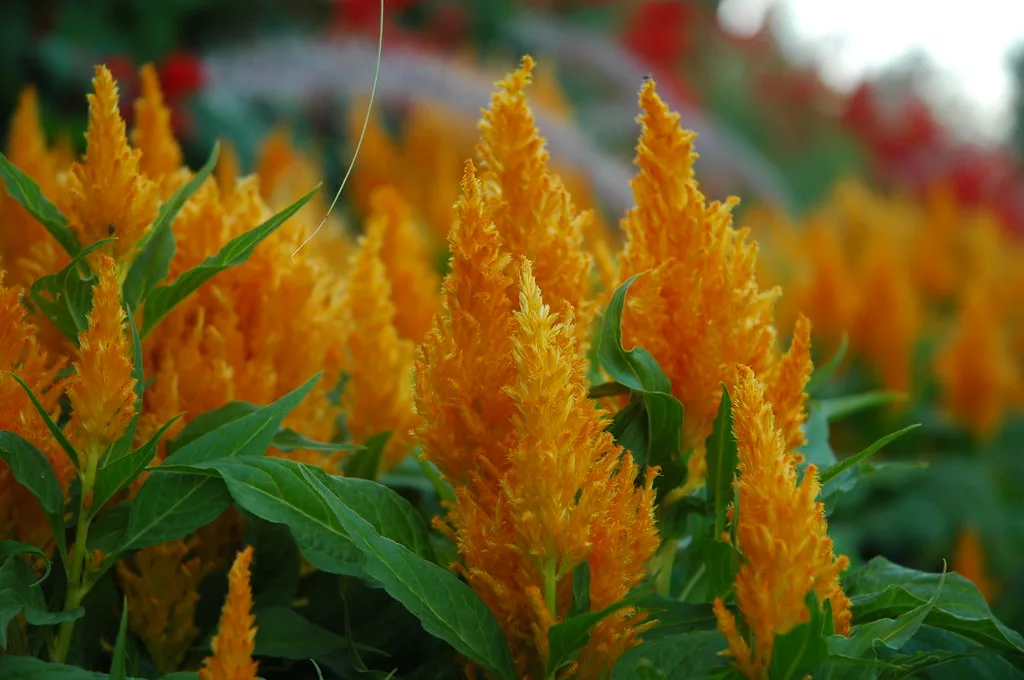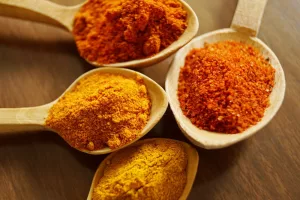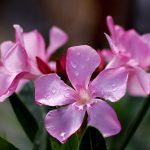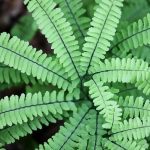Life can be pretty miserable when you have tuberculosis, can’t it? It also puts your life at risk. What other options do you have to get rid of it? Let’s now discuss the medicinal benefits of Woolflower.
Woolflower, also known as cockscomb flower and flamingo feather, is a member of the amaranth family and has the scientific name Celosia argentea. Other common names for this lovely flower include flamingo feather and cockscomb flower.
The word ‘celosia’ comes from the Greek word for ‘burning’ and when the Celosia argentea plumosa variety is in full bloom, it takes on the appearance of a field of blazing ornamental grass.
The name “cockscomb” refers to the wavy or brain-like appearance of the crested celosias, which resembles the appearance of a rooster’s comb, hence the name.
Here are the medicinal benefits of Woolflower you need to know.
- For dysentery, diarrhoea, severe abdominal pain and inflammation of the stomach.
- Heals cuts, abrasions, ulcers and other skin eruptions and relieves itching.
- It is used to treat tuberculosis.
- Ulcers in the mouth and tired eyes that need to see better.
What are the right therapeutic doses of Woolflower?
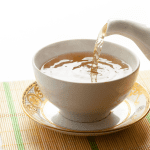
- As a tea, the whole plant is used to treat dysentery, diarrhoea, severe stomach pains and gastritis.
- For external use, the crushed leaves, flowers and seeds are applied to wounds, sores and rashes.
- The flower is made into a tea used to treat tuberculosis.
- The decoction of the plant is used to wash sore mouths and tired eyes to improve vision.
Woolflower is a herbaceous plant native to tropical regions and is known for its extremely bright colours. Known as a troublesome weed in India and China, it can grow up to one metre tall with smooth, upright branches.
Although it is usually grown in gardens as a delicate annual, it can also grow as a perennial. It flowers from late spring to summer. The plant has characteristics of dodecaploidy.
The flowers are very small and hermaphrodite; they are arranged in heads that are pyramidal and narrow, ranging in length from four to ten inches (10 to 25 cm).
Celosia flower heads come in a wide variety of colours, including red, purple, gold, pink and sometimes bicolour, and the unusual-looking annual flowers can bloom for up to ten weeks. It grows from small black seeds.
The seeds are contained in capsules. In some tropical regions, the young, tender flowers and leaves are prepared as a vegetable dish.
This species is one of the most promising foliage plants for cultivation in poor or variable growing conditions due to its ability to adapt to a wide range of environments. Due to its tropical origin, it prefers bright, indirect sunlight and well-drained soil.
When we talk about full sunlight, we mean that they should receive at least 8 hours of direct sunlight a day. Planting them in a position where they receive sunlight in the early morning but shade in the afternoon will encourage healthy growth.
Growing Woolflowers from seed is as easy as growing Gloxinia or Zinnias. In fact, if you leave them in the garden, they will spread easily by themselves. Given how small the seed is, it wouldn’t survive if buried too deep.
Disclaimer: This is for informational purposes only.
If you find this helpful, let us know in the comments below.
You can also visit our Facebook and YouTube pages to know more about plants and their health benefits.
You might also like:

